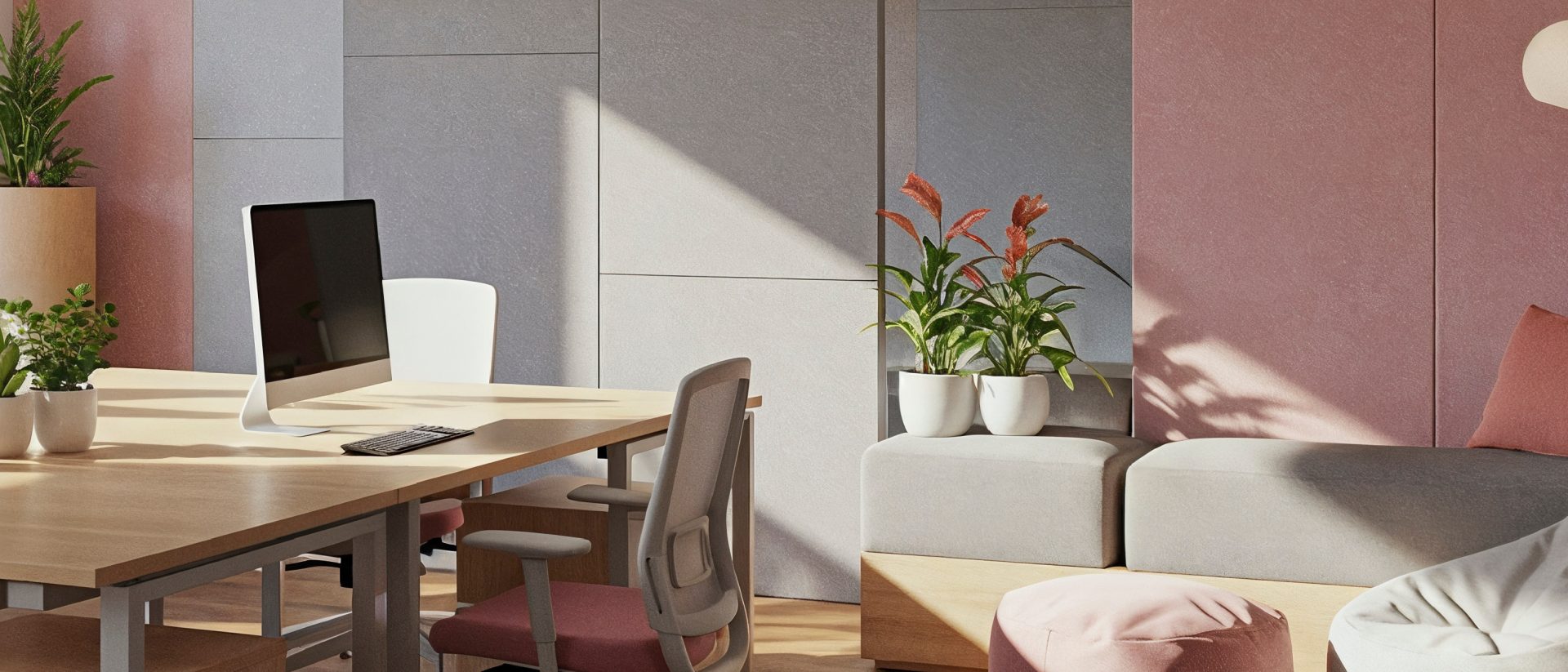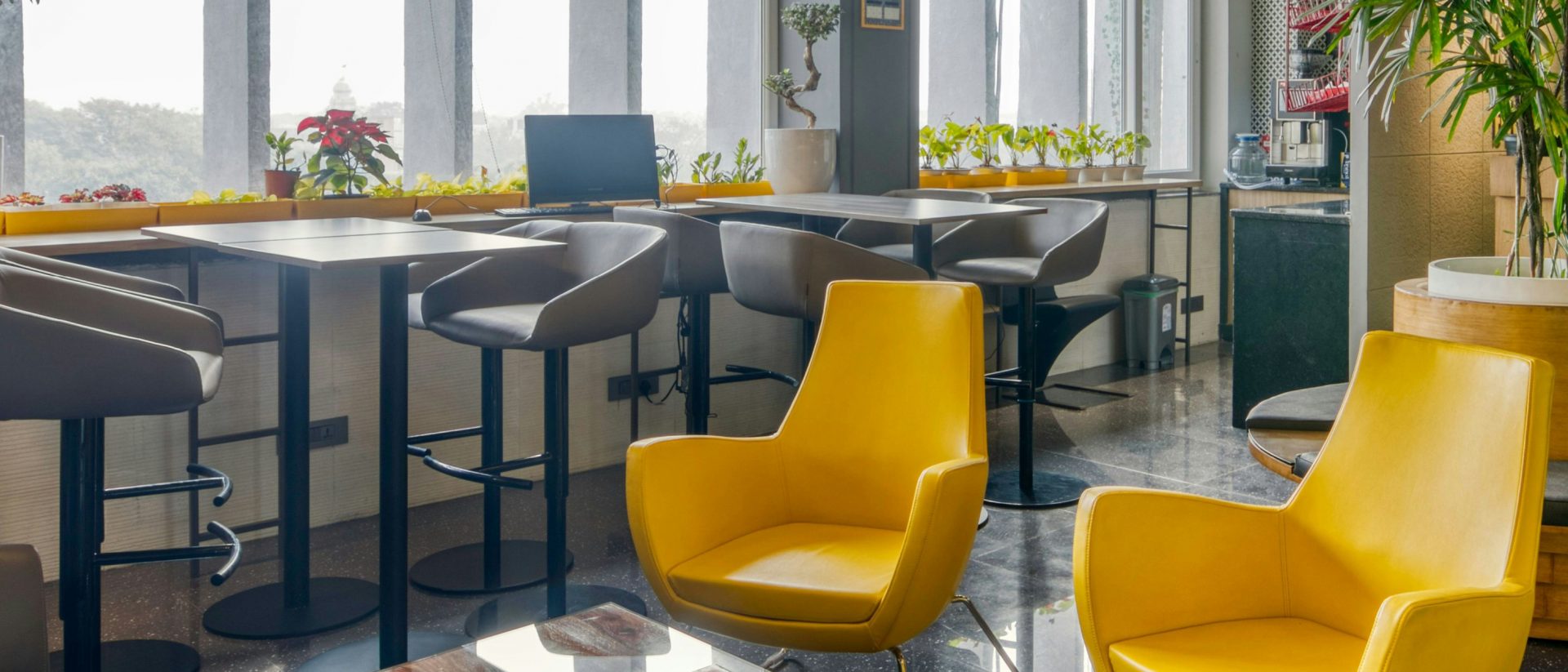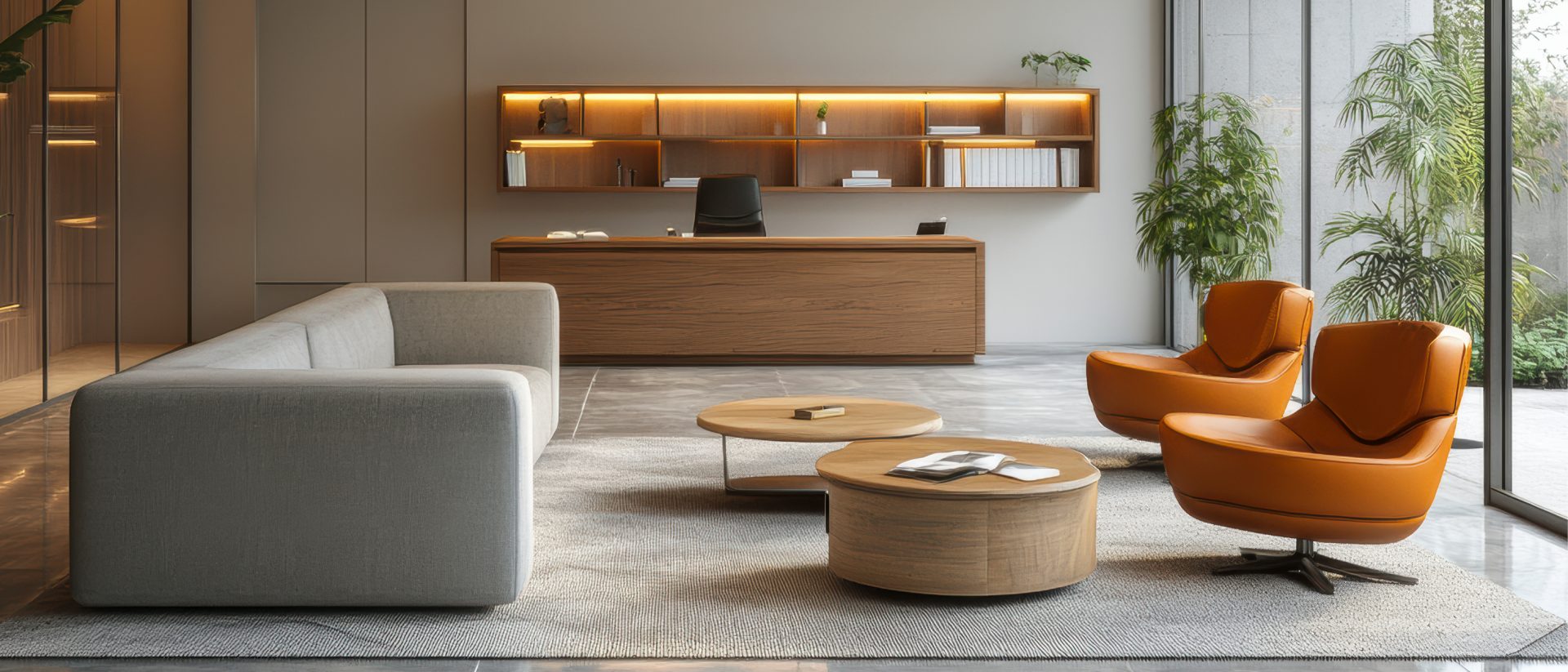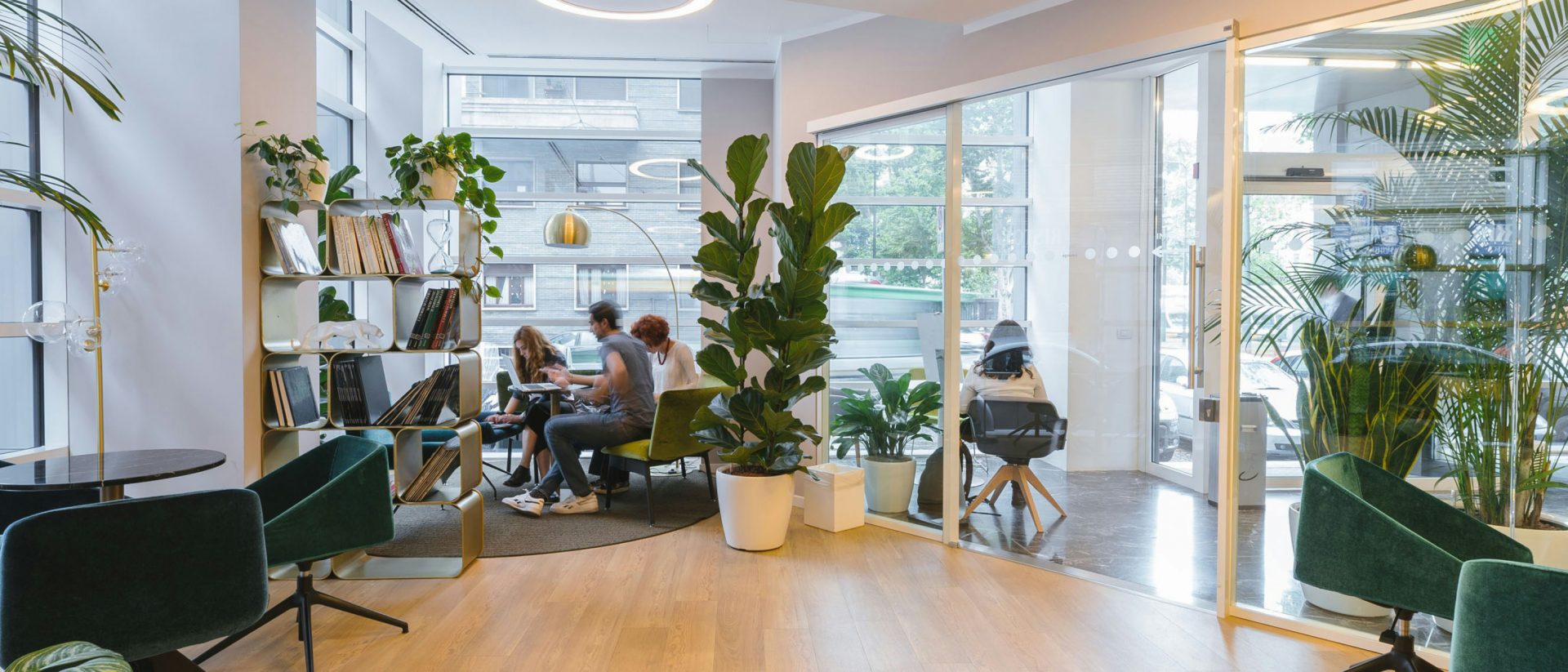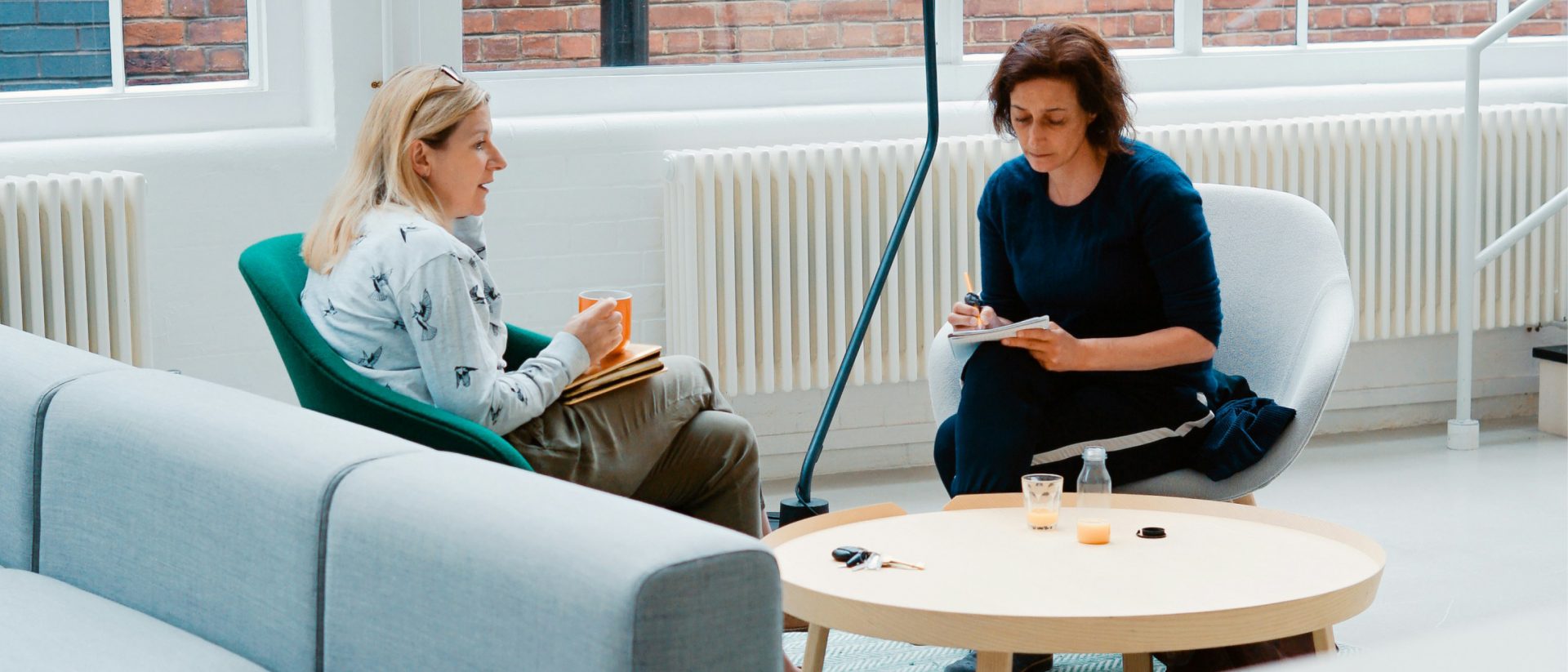The Comfort Factor: Why Soft Seating Matters in Modern Offices
written by OLG
As modern workplaces evolve, so too does the way we think about office design. One essential element that has gained significant attention recently is soft seating. Far from just an aesthetic choice, soft seating plays a critical role in the functionality, comfort, and overall atmosphere of an office.
The Importance of Support and Cushioning
Research has shown that while soft seating may appear to be purely aesthetic, its primary function is to support the body. High-quality soft seating features proper cushioning and support, ensuring that employees can relax while maintaining good posture. The right amount of padding, lumbar support, and seat depth allows users to sit for longer periods without discomfort.
The support offered by soft seating contributes to both physical comfort and mental well-being, ensuring employees are not distracted by physical discomfort during important tasks or collaborative meetings.
Visual Appeal: Aesthetics Meets Functionality
In today’s office design, the furniture must do more than serve a practical purpose. It must contribute to the visual appeal of the workspace. Soft seating, whether it’s plush chairs, cozy lounge areas, or comfortable sofas, serve as both a functional and decorative element. The right choice of soft seating can transform an otherwise sterile office environment into a welcoming, stylish, and engaging space.
Colour schemes, textures, and patterns in soft seating can align with the overall design aesthetic of the office. These design elements help reflect the company’s brand identity, ensuring that the office environment mirrors the company’s values, culture, and mission. For instance, vibrant and bold colours can express creativity and innovation, while muted, neutral tones may evoke a sense of professionalism and calm.
Ergonomics and Comfort: Long Hours, No Problem
Sitting for extended periods is part of daily office life, making the ergonomics of office furniture crucial. Soft seating, with its built-in cushioning and supportive structure, ensures that individuals maintain healthy posture and avoid discomfort associated with prolonged sitting.
Ergonomic trends go hand-in-hand with the comfort factor, as poorly designed seating can lead to body aches, back pain, or general fatigue. High-quality soft seating options are designed to support the body’s natural contours, provide adequate cushioning, and promote a relaxed sitting posture. By enhancing comfort, businesses can improve employee well-being and decrease the likelihood of work-related musculoskeletal issues.
The Perfect Balance: Design and Function Combined
The balance between design and functionality is key. A well-designed soft seating area can support multiple uses: from casual socialising to informal meetings and brainstorming sessions. By combining aesthetics with practicality, these seating areas create inviting spaces for collaboration and interaction.
Ergonomic office chairs are also seen as a means to improve employee productivity by promoting better comfort and reducing discomfort.
Comfortable seating encourages employees to spend more time in collaborative zones, where spontaneous discussions, team-building, and creative brainstorming can take place. Unlike formal meeting rooms, soft seating areas are relaxed spaces that foster informal interactions and allow employees to connect with one another. This flexibility supports a dynamic and engaging work environment.
Boosting Productivity and Wellness
A comfortable workspace is a productive workspace. Promoting wellness through thoughtful office design, including the provision of comfortable soft seating, can have a positive impact on employees’ mental health and productivity. By offering spaces where employees can relax, socialise, or unwind, businesses create a balanced environment that supports overall well-being. These environments can reduce stress, enhance creativity, and prevent burnout, factors that contribute to both individual and team success.
Reflecting Brand Identity: More Than Just a Chair
The soft seating in an office reflects a company’s brand and values. A workspace designed with soft seating that reflects the company’s style, mission, and personality sends a message to both employees and visitors. Whether a company wants to project an image of cutting-edge innovation or timeless professionalism, soft seating can help set the tone.
For example, a tech startup may opt for bright, playful seating arrangements that encourage creativity and collaboration, while a law firm might choose more formal, muted tones to convey professionalism and reliability. Regardless of the industry, soft seating allows a company to communicate its brand identity through design.
Enhancing the Overall Office Aesthetic
Soft seating contributes to the overall design aesthetic of the office space. It adds depth, warmth, and personality. The combination of materials such as leather, and fabric upholstery, as well as different seating configurations, can significantly enhance the look and feel of the space.
Soft seating zones, such as lounges or small clusters of sofas, can break up the rigidity of open office layouts, offering employees a more comfortable, inviting place to gather. These seating areas are not only practical but also elevate the design of the office, turning it into a visually appealing space where employees feel at ease.
Connection, Communication and Collaboration
One of the greatest advantages of soft seating in modern offices is its ability to facilitate connection and collaboration. Traditional office environments often revolve around cubicles and formal meeting rooms, which can stifle creativity and communication. Soft seating zones provide a more relaxed and informal atmosphere, encouraging employees to come together, engage in spontaneous discussions, and collaborate outside the confines of scheduled meetings.
These spaces are perfect for brainstorming sessions, team discussions, or even just casual conversations that foster innovation. By removing the barriers created by traditional workspaces, soft seating creates opportunities for more fluid, organic exchanges among team members.
Click to download a printable PDF.
